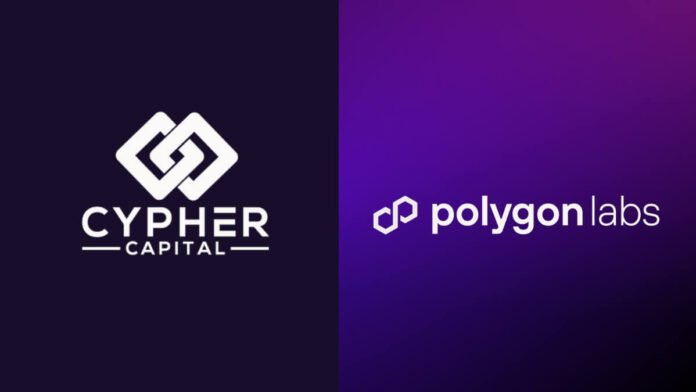Institutional demand for yield and tokenized infrastructure is rising as blockchain rails mature. Polygon’s new initiative with Cypher Capital tries to meet that demand, pairing structured exposure to POL with outreach to allocators worldwide. The effort matters because institutions increasingly want assets tied to real network activity, not just price momentum. Early signals from large consultancies and banks suggest tokenization and stablecoin rails are moving into mainstream workflows.
Cypher Capital recently acquired a significant POL position and will co-design strategies that generate yield while bolstering Polygon’s security and liquidity. The partners also plan closed-door roundtables for family offices and asset managers, aiming to translate technical improvements into investable products.
Polygon has been courting this audience with a clearer value-accrual story for POL across its PoS chain and AggLayer, positioning the token as the utility asset for staking and cross-chain settlement.
The timing aligns with Polygon’s 2025 “gigagas” roadmap. Recent upgrades cut finality to roughly five seconds and set a path to materially higher throughput. Those changes matter for payment flows, market-making, and tokenized collateral lifecycles—areas where operations teams care about predictability. Faster finality also helps structured products that depend on tight settlement windows.
Polygon has been here before with institution-facing plays. In March 2024, Nomura’s Laser Digital launched an institutional fund providing exposure to Polygon’s native token, then MATIC, including staking rewards via TruFin. That vehicle targeted professional investors in regulated markets, illustrating how traditional fund wrappers can bridge to public-chain economics.
A parallel thread is tokenization. Libre—an institutional, Polygon CDK-powered L2 co-founded by WebN and Laser Digital—went live to provide compliant rails for on-chain funds. Libre highlighted access for eligible investors to Brevan Howard hedge funds and BlackRock money market funds, demonstrating how curated, permissioned environments can sit atop public-chain technology while preserving compliance. Cypher Capital’s POL strategies fit the same narrative of professionalized access, but with a direct tie to Polygon’s network token.
Macro research gives the push added context. Boston Consulting Group frames fund tokenization as the “third revolution in asset management,” projecting sizable value creation as workflows move on-chain. Citi’s GPS series has likewise argued that tokenization and digital money rails will scale materially by 2030, while its 2025 work estimates a multi-trillion-dollar stablecoin market under base-case assumptions—important plumbing for institutional strategies seeking on-chain settlement and liquidity.
Market structure is changing already, albeit in walled gardens. A recent initiative linking BNY Mellon’s LiquidityDirect to Goldman Sachs’ GS DAP allows institutions to subscribe and redeem tokenized money-market fund shares. Public DeFi it is not, but it shows operational teams testing tokenized workflows. As these pilots proliferate, networks with fast finality and institutional on-ramps should benefit—an angle Polygon and Cypher are targeting with POL.
Polygon’s broader enterprise momentum helps the story. In January, India’s Jio Platforms announced a strategic partnership with Polygon Labs to bring Web3 capabilities to more than 450 million users, signaling distribution heft in a large market. For institutions, such reach supports the thesis that network activity—and therefore token utility—can be grounded in real users and payments, not only speculative trading.
Finally, operational readiness matters for allocators. Coinbase and other major providers supported the MATIC→POL migration, reducing friction for custody and settlement workflows that institutions require. As Polygon finalizes its technical roadmap and expands staking guidance for POL, allocators will likely view the asset through a more traditional lens: cash flows from staking, network demand as a driver, and clear upgrade cadence.
Bottom line: The Cypher Capital tie-up attempts to make POL legible to institutional portfolios by packaging yield, liquidity, and governance exposure into familiar structures. With faster settlement, tokenization pilots, and large-scale distribution partnerships, Polygon is positioning POL as infrastructure rather than a speculative trade—exactly the framing institutions say they want.
Read Also: Archax Ushers in On-Chain ‘Fund of Funds’ Era
Disclaimer: This article is for informational purposes only and does not constitute investment advice.




